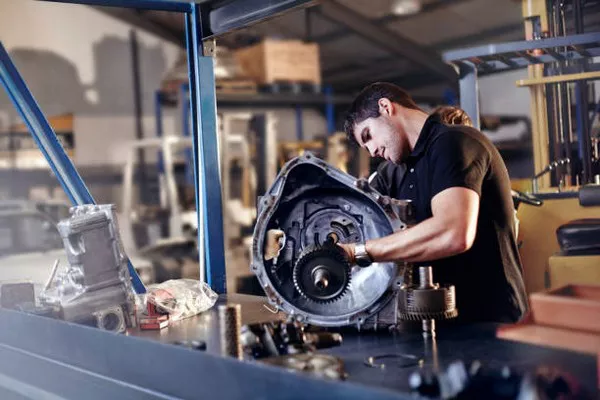In a significant move to bolster railroad safety, major freight railroads in the United States will now be required to maintain two-person crews on most routes, as per a new federal rule that has been finalized. The announcement, made by the Transportation Department’s Federal Railroad Administration, follows two years of deliberation and aims to address concerns regarding the safety and operational efficacy of single-person crews.
The decision comes amidst heightened scrutiny of railroad safety following the fiery derailment in eastern Ohio in February 2023. However, apart from voluntary measures undertaken by railroads and agreements to provide paid sick time to workers, few substantial changes have been implemented thus far. Notably, a proposed railroad safety bill in response to the Ohio derailment has stalled in Congress.
Opposition to one-person crews has been long-standing, primarily driven by safety and job-related apprehensions from rail unions. Labor agreements mandating two-person crews have been in place for approximately three decades at major railroads. These unions assert that conductors play a pivotal role in train operation, aiding in maintaining engineer alertness and serving as first responders in case of emergencies or accidents.
The settlement, which received final approval from the U.S. District Court, Charleston, South Carolina, is part of a lawsuit initiated by Stuart, Florida, and involves about 300 communities. It will provide compensation to water providers for pollution caused by per- and polyfluorinated substances (PFAS), commonly found in firefighting foam and various consumer products.
Eddie Hall, president of the Brotherhood of Locomotive Engineers and Trainmen union, hailed the federal regulation as a significant milestone in labor’s ongoing effort to preserve two-person crews. He emphasized the necessity of maintaining two crew members aboard trains, particularly as freight trains continue to increase in length.
Transportation Secretary Pete Buttigieg echoed similar sentiments, underscoring the importance of ensuring trains are safely staffed, especially considering the growing length of freight trains. However, railroads have argued for discretion in crew size determination through contract negotiations, citing insufficient data to support the safety benefits of two-person crews.
While the rule aims to enhance safety measures, it is not without its critics. Ian Jefferies, president and CEO of the Association of American Railroads trade group, criticized the regulation as unfounded and unnecessary, emphasizing the importance of data-backed solutions.
Despite the ongoing debate, the implementation of the federal rule marks a significant step towards ensuring standardized safety measures across major freight railroads. As the industry navigates evolving challenges and safety concerns, the mandate for two-person crews represents a proactive approach towards mitigating risks and safeguarding both workers and the public.

